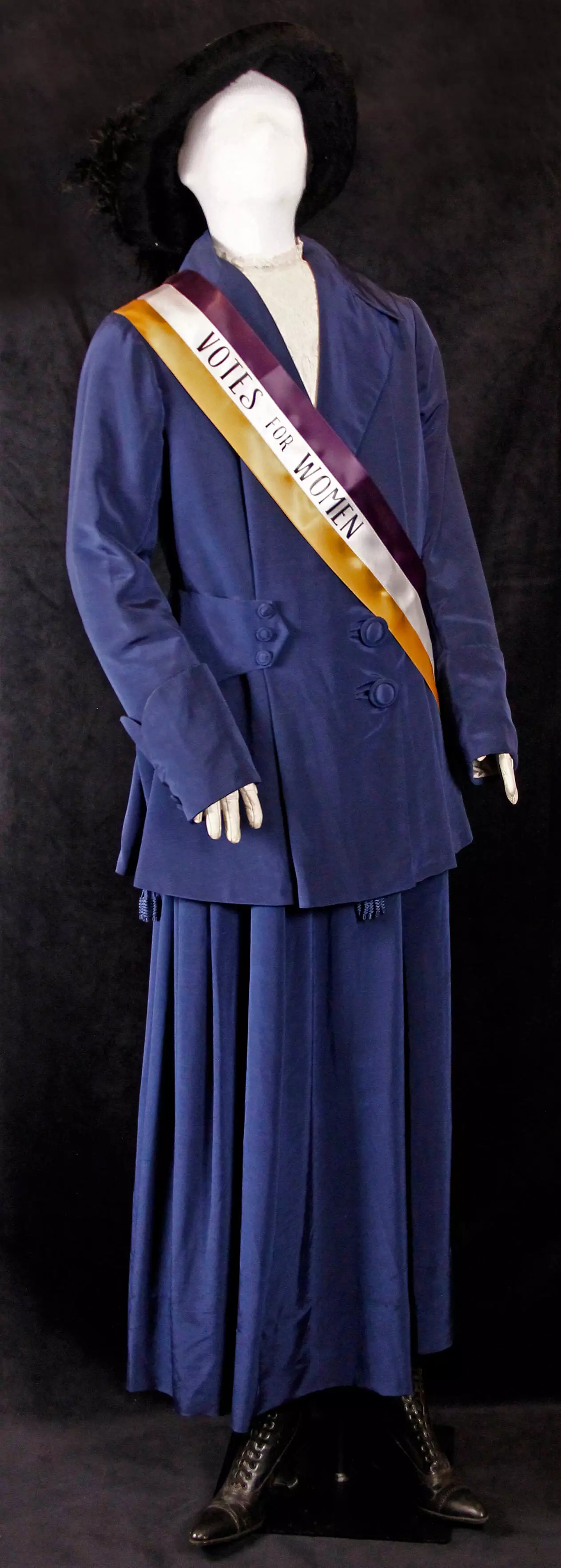Search
Looking for something in particular? Search for it here.
Looking for something in particular? Search for it here.
“All legal reforms must come through legislation. It is, therefore, necessary, in order that she [women] may continue her work in the evolution of the human race that she be permitted a voice in legislation. Slowly but surely the world is being brought to recognize this fact, and to feel that the time is at hand when she must stand side by side with her brother in all things that are for the welfare of humanity.”
— Rev. Eliza Curtis Everton, Bloomington Pantagraph, December 13, 1907
In 1909 the Illinois organization of the National Association Opposed to Woman’s Suffrage printed and distributed 20,000 leaflets describing how suffrage would “break down the relations between men and women in the home,” claiming that it would “lessen the influence of the intelligent and true, and increase the influence of the ignorant and vicious.”
Its occupants were Illinois suffrage leaders on their way to convince the Illinois legislature to enact women’s suffrage.
Several spoke to the gathered crowd, including Ellen J. Everton of LeRoy, who along with Bloomington’s Luella McKennan and Barbara Lennon, then boarded the train to Springfield. There they would address the Illinois legislature on “the greatest issue before the American people today.”
Woman's suit, circa 1912

View this object in Matterport
The clothing show here was typical of the era in which women worked to attain the right to vote.
864.3867

The bill was passed in the Illinois House by a vote of 83 to 58.
Illinois women could now vote for most state offices. The exceptions were for Illinois senators, representatives, and governor.
On June 4, 1919 the 19th Amendment, originally written by Susan B. Anthony and first introduced to Congress in 1878, was passed by the U.S. House and Senate, and then sent to the states for ratification.
Illinois was the first state to ratify the 19th Amendment, which went into effect in 1920.
Why did it take so long for women to get full voting rights?
What words here would explain why?